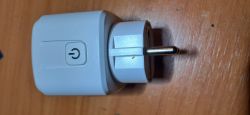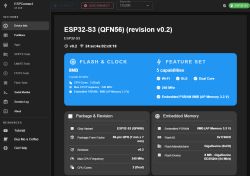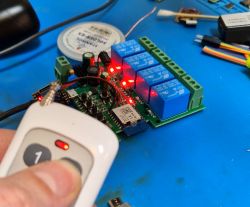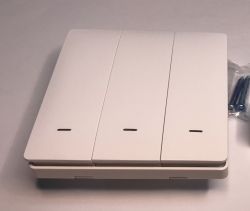Is this correct?
.
I also tried the 2nd way with this displaying a frame of 2 pages, but that does not work either because it shows me the same page in a frame
the code looks like this
the best thing is that I tested it by pasting another page and everything works then??maybe someone knows how to remedy it








